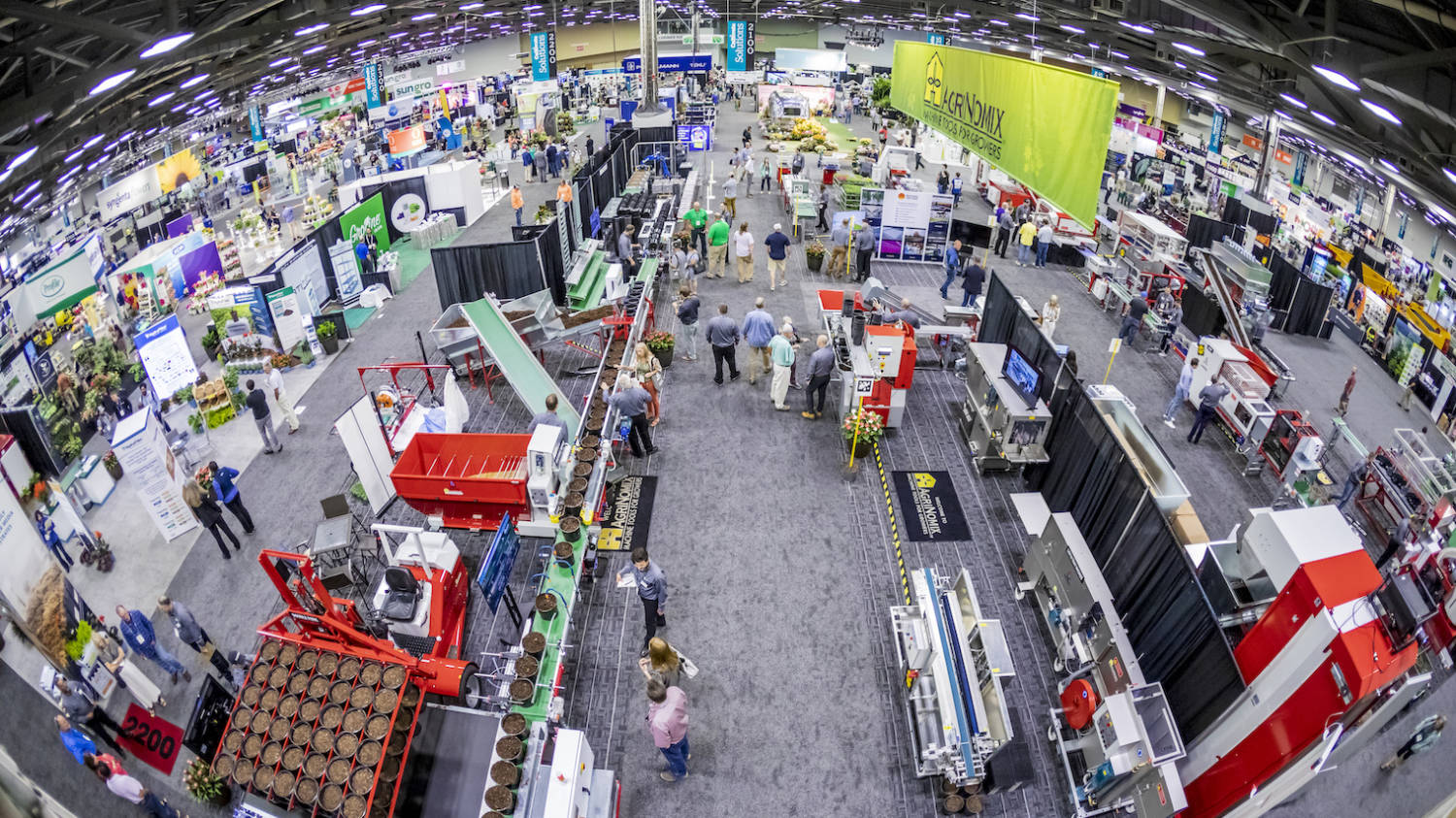Tariff talk
President Donald Trump has promised to use tariffs as a means of generating revenue and reshaping global trade agreements, particularly with China and Mexico. The dominant question among farmers is; will this be good or bad for my business? The answer isn’t simple. Mapping out potential impact is far from black and white and full of evolving nuances.
Tariffs are taxes that governments place on imported and exported goods. Tariff levels fell during the second half of the 20th century, until then-President Trump raised tariffs on goods coming into the U.S. Biden kept these tariffs in place and added new ones on additional products. In principle, tariffs add a layer of protection around domestic production by protecting them from lower cost imports. They cause higher consumer prices and can also create detrimental holes in global supply chains and dismantle production efficiency.
We cannot know what will happen when higher tariffs are applied. There are too many variables, including how other countries will react to higher import tariffs. Large commodities like corn, soybeans, beef, pork, and chicken are exported in large quantities and steal the agricultural trade spotlight. Presumably, they will apply their own counter-tariffs on American goods, lowering exports.
Huge increases in global trade mean that trade disruptions have a major impact on both the domestic production of fruits, vegetables, and ornamental crops as well as the domestic market for these items. Higher tariffs in these sectors will force producers to find new markets for inputs, higher costs of production, and potentially lower competition in the marketplace. All of this will cause higher consumer prices and could lower demand. The net impact on producers is still unknown, and how each individual producer fares depends on decisions they make. It is likely that tariffs on China, Canada, and Mexico will reduce produce imports and increase domestic production.
Fruits and Vegetables
Over 80% of our agricultural imports from Mexico are fruit and vegetables. Low cost labor, free trade agreements, and increasingly robust transportation infrastructure has led to a rapid increase of imported food from Mexico. It’s efficient. They are our neighbors and it is logistically more feasible to ship produce Americans have come to expect on grocery store shelves from a supplier close to home than from one overseas. Plus, unlike many areas of the United States, Mexico’s growing seasons are year round.
The proposed 25% tariffs on Mexican goods could disrupt supply of fruits and vegetables making them less accessible to Americans because they are more expensive or there are shortages, because the produce is sent to more price competitive markets. Either way, U.S. consumers will feel the impact of tariffs in the form of higher priced produce.
To keep prices down, American companies may opt to make new deals to secure produce from other parts of the world or domestically. Diversification of suppliers isn’t a negative concept. Individual companies and food suppliers in the United States have already been working to source individual foods from a variety of locations in order to reduce the risk of price fluctuations and weather variables. Tariffs will cause a reshuffling of buyers and sellers. Eventually, once these relationships are stable, price will find a new equilibrium. It just might be higher than before.
Increased domestic production of fruits and vegetables is also an option, it will reverse a longstanding trend of falling production. Reducing regulations is part of president elect Donald Trump’s plans, which could further improve the price competitiveness of U.S. production. Higher tariffs, lower regulation, and other government policy aimed at reducing barriers of entry for new farmers or financial support can make domestic production more efficient and U.S. growers can expand market share.
Flowers
A proposed 60% tariff on all goods coming from China puts the flower industry in an altogether different situation. In 2023 the United States imported $92 5 million dollars worth of plants, trees, roots, bulbs and cut flowers from China. Unlike tomato plants, flower imports from China include unique species grown in regions that afford lower production costs. The United States doesn’t have domestic supply chains for these products. To lose them would create a hole in our own economy and potentially create an opportunity for businesses that want to fill this void. Freshness is critical to this industry, so domestic producers are in a unique position to fill this demand.








 Video Library
Video Library 

















